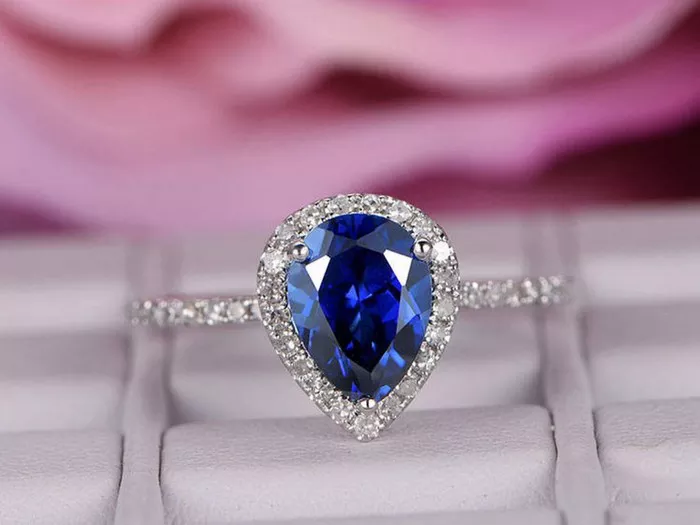In an era of increasing digital vulnerability, 2025 has seen the rise of wedding rings designed to protect rather than just adorn—sophisticated pieces that incorporate cutting-edge encryption and biometric security features. These “privacy rings” appeal particularly to high-net-worth individuals, cybersecurity professionals, and privacy-conscious couples seeking to combine romantic symbolism with practical protection. The most advanced models, like the CipherBand from tech-jeweler startup Onyx, contain secure enclave processors capable of storing cryptocurrency keys, sensitive documents, and even DNA profiles in tamper-proof formats.
The engineering behind these rings is staggering. Tiny NFC chips embedded in the band communicate with devices while maintaining bank-level encryption, and some models feature fingerprint scanners built into the inner band surface. The new Aegis ring by ShieldForge takes security further with a self-destruct mechanism that renders the data unreadable if someone attempts to remove it forcibly. These features aren’t just theoretical—several Fortune 500 executives have adopted such rings as their primary authentication devices, replacing traditional security keys and passwords.
For couples, the appeal goes beyond practical security. Matching privacy rings represent a powerful metaphor for the trust and exclusivity of marriage—the idea that certain things are shared only between partners. Some designs incorporate clever interactive elements; the DuoCrypt system allows spouses to grant each other emergency access to their digital lives with a simultaneous fingerprint press, creating a modern technological analog to traditional marriage vows.
The market has segmented into distinct categories. Luxury versions emphasize precious metals and gemstones hiding the technology within, while more utilitarian designs lean into their tech aesthetic with matte finishes and LED status indicators. A growing subcategory focuses on posthumous access, with rings containing encrypted instructions for what should happen to digital estates—only released when both spouses’ biometrics show no signs of life.
Critics argue these rings create unrealistic expectations of digital permanence, noting that encryption standards evolve and today’s secure storage might become tomorrow’s vulnerability. However, manufacturers address this through modular designs that allow chip upgrades without replacing the entire ring. As data privacy concerns continue growing in 2025, these hybrid jewelry-security devices represent an intriguing convergence of romantic symbolism and practical modern needs—transforming the wedding band from mere ornament to functional life tool.


